Hoary Bat
Lasiurus cinereus
Status: Vulnerable
Hoary Bats have long pointed wings and a head that is heavily-furred. Their fur is a mixed brownish and grayish color with white tips. These bats are mostly solitary ( living alone) except during breeding seasons.
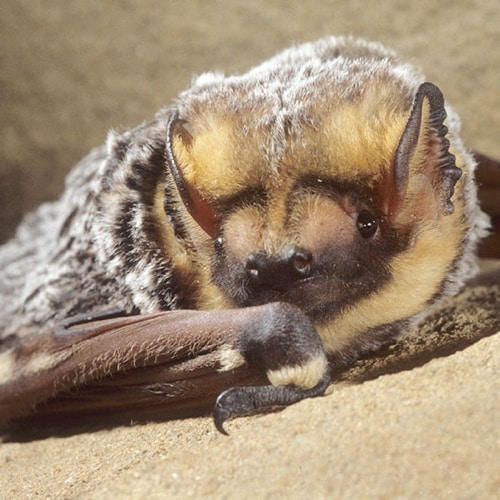
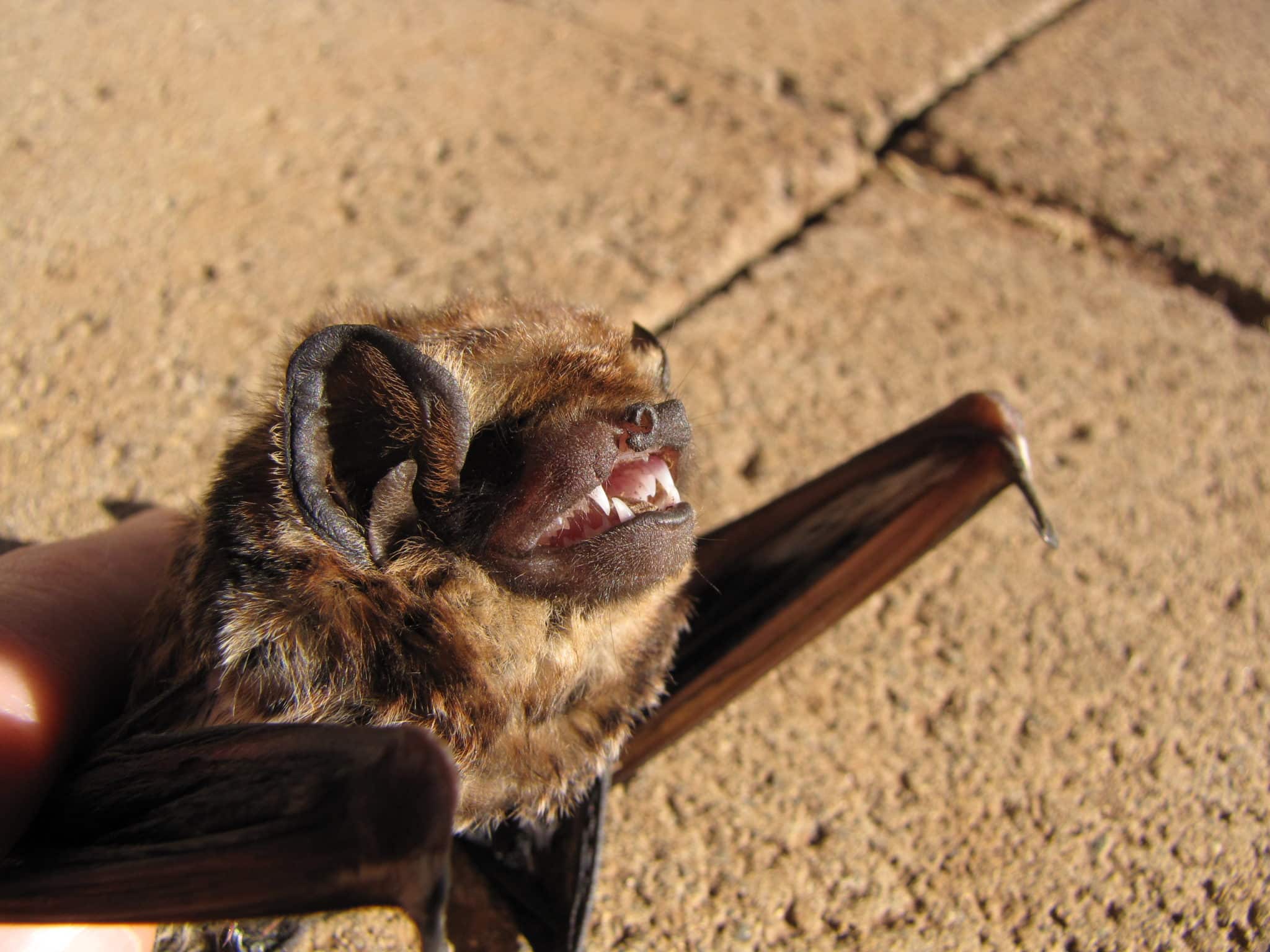
Habitat & Range
Hoary bats are found widespread all over the U.S. and are the only bats found in Hawaii. They prefer deserts or forested areas like mixed deciduous forests.
Food Web & Energy Flow
Hoary bats feed on beetles, moths, flies, wasps, grasshoppers, termites, and dragonflies. Unlike other bats, they do not feed on a large variety of insects. When approaching insects, these bats attack from behind and eat only the bottom parts of the insects (abdomen and thorax). They usually will not eat the head and wings of the insects.
Relationship to Fire
Hoary bats rely on frequent fires to maintain a clear forest floor. Since the bats use high tree branches to look for insects, they need a forest floor that is clear and not overcrowded. With frequent fires, the understory would clear some plants making it easier to spot the insects.
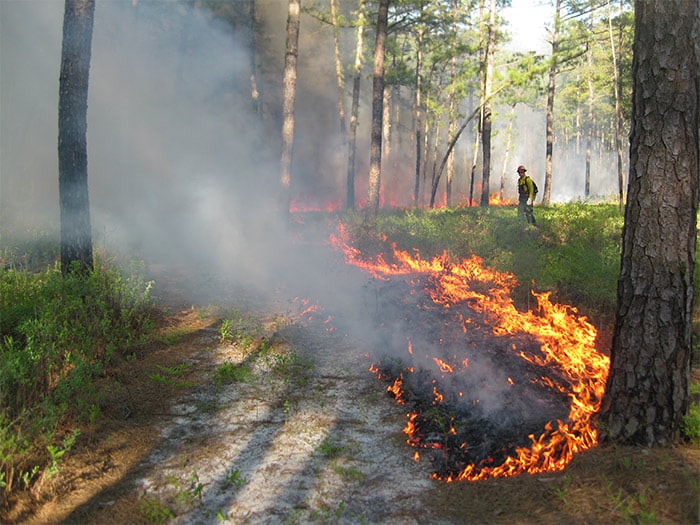
Conservation Status
Due to habitat destruction for land development, the hoary bat population has been declining over the years. The bats are also being threatened by a fungal disease that has impacted the regions where they hibernate. Overall, the hoary bats have a Vulnerable conservation status due to the negative human impacts and natural causes.
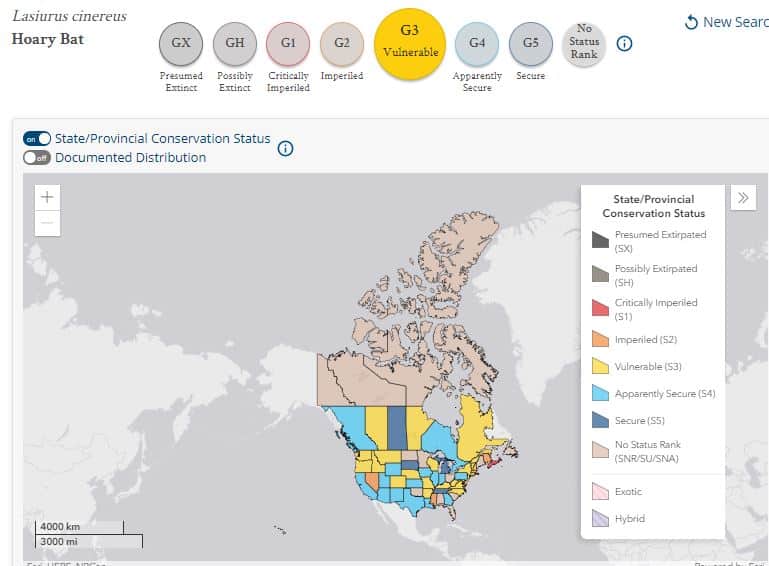
Human Impacts/ Threats

Fire Suppression
Many people think of fires in the forest as bad, so they work hard to prevent or suppress them. But longleaf forests NEED regular fire to support habitat for the species that live there!
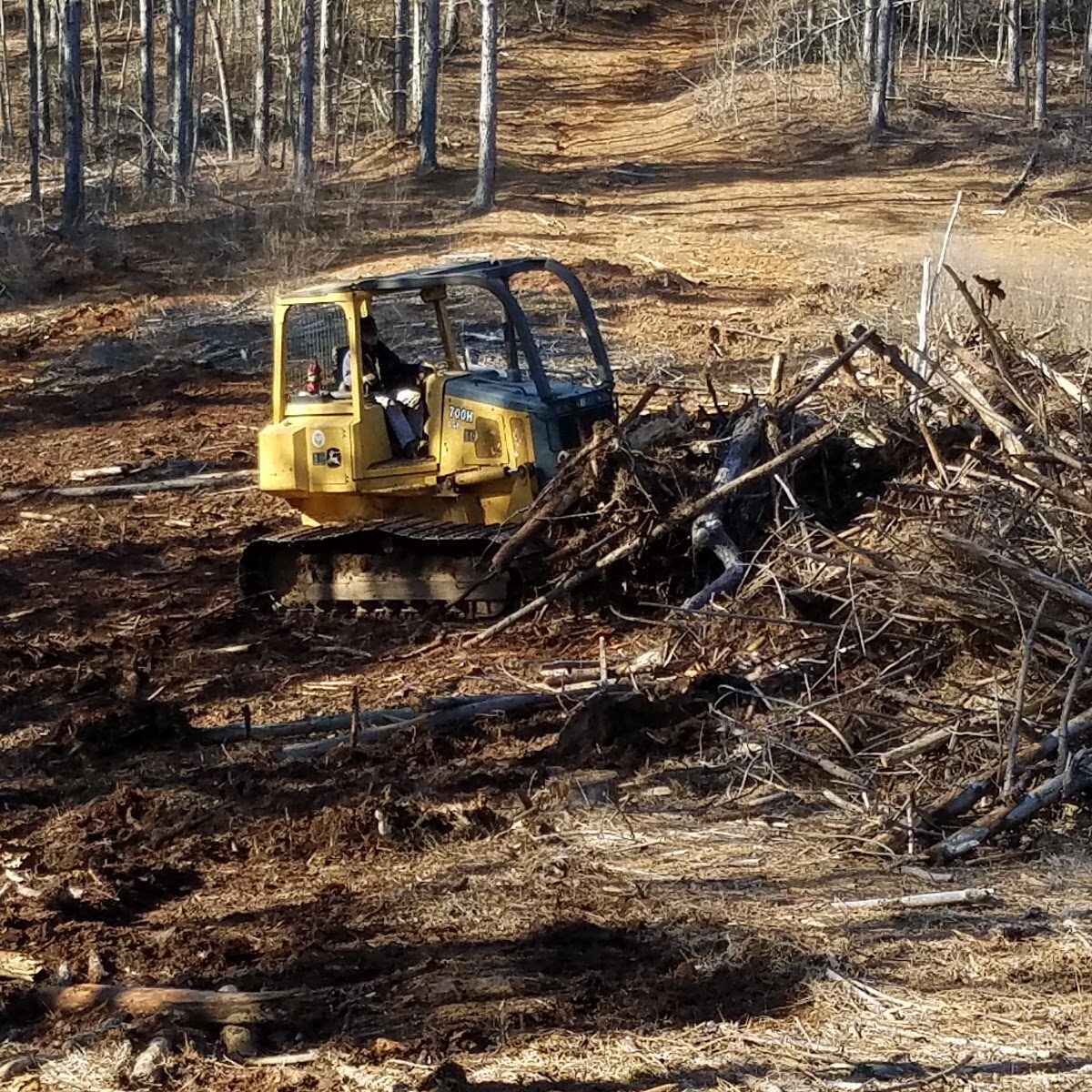
Land Use Conversion
Longleaf forests and the habitat it supports is being cleared or converted to use the land for other uses like houses, roads, agriculture, and even to grow different types of trees to sell.
Resources
Animal Diversity Web. Hoary Bat
Montana Field Guide. Hoary Bat
Texas Parks & Wildlife. Lasiurus cinereus
